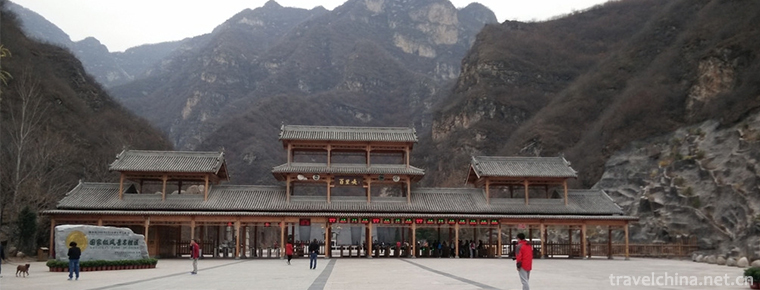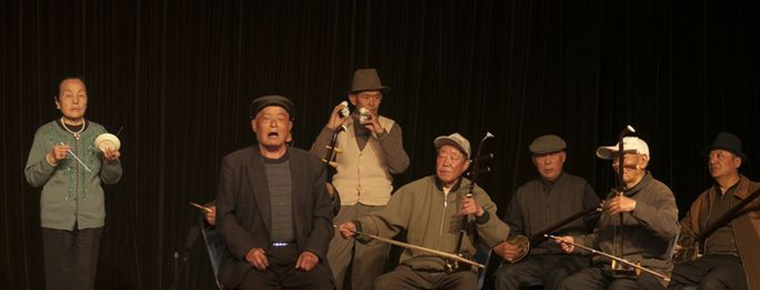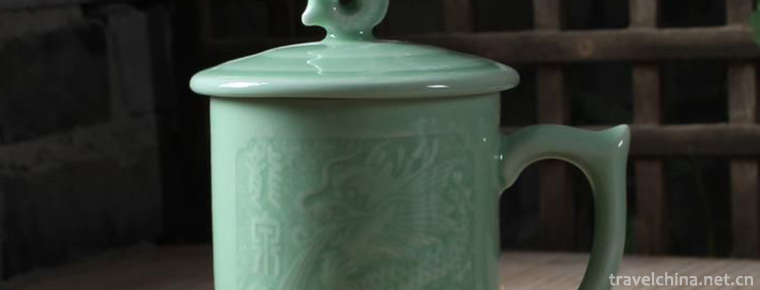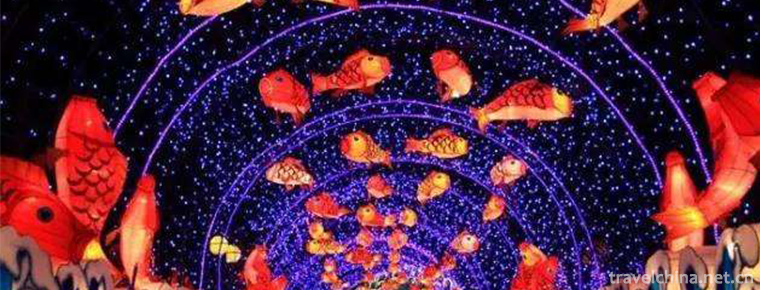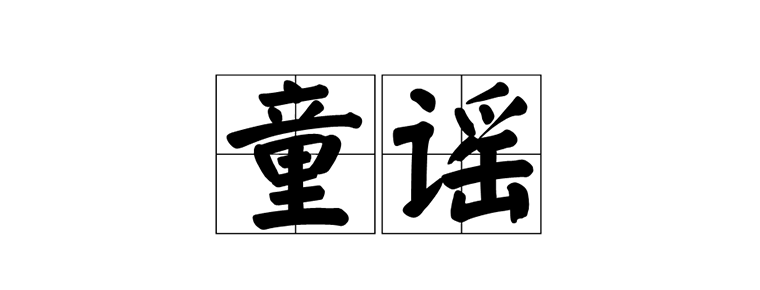History of Dazhou
History of Dazhou
Dazhou area belonged to Liangzhou in Xia Dynasty and Yongzhou in Yin Dynasty. The earliest indigenous people were the Cong people, who established the state of Cong (now tuxi Town, Quxian county). In the early Warring States period, Ba people migrated from the Han River to the Yangtze River Basin, and Dazhou area was included in the Ba state.
In 316 B.C., Qin destroyed Bashu, and Dazhou was Dangqu County in Qin Dynasty and Western Han Dynasty (314 BC).
In the eighth year of Yongyuan (96), Xuanhan county was located in the east of Dangqu county. In the sixth year of Jian'an (201), Yizhou Mu Liu Zhang established Brazil County, and Dazhou area belongs to Yizhou Brazil county.
In 347, in the third year of Yonghe in the Eastern Jin Dynasty, Dangqu county was divided into Brazil county and Xuanhan County, Hanxing county and Dangqu county were owned.
In the early Yongchu period of the Liu Song Dynasty (420-422), Xuanhan county was upgraded to Baqu County, which governed seven counties including Xuanhan, Shixing, Baqu, Dongguan, Xin'an, Xiapu and Jinxing.
In the second year of Datong in Nanliang Dynasty (536), Baqu county was abolished and Wanzhou was established. It governed seven counties, including Kaiba County, Xin'an County, Wanrong county and Dongguan county.
In 553, Wanzhou was changed to Tongzhou in 553.
In 607, Tongzhou was changed into Tongchuan county.
Tongzhou was renamed Tongzhou in 618. In the third year of Wude, Tongchuan Prefecture was established in Tongchuan County, governing eight prefectures including Tongchuan and Wanzhou. In the seventh year of Wude, the general manager's office was changed to the governor's office. In 631, the fifth year of the reign of emperor zhendu. In the first year of Tianbao (712), Tongzhou was changed to Tongchuan county. Tongzhou was renamed Tongzhou in 758.
In 965, Tongzhou was renamed Dazhou. In the Song Dynasty, Dazhou belonged to Xialu (Fengjie), then Kuizhou Road (Fengjie).
In 1279, it belonged to Xuanwei Department of Sichuan Province. In the 22nd year (1285), it was changed to Kuizhou Road (now Fengjie) in Sichuan Province.
Hongwu Ming nine years (1376), Jiangzhou County, Kuizhou (Fengjie).
In the Qing Dynasty, it was the capital of Kuizhou in Fengjie. In 1728, Dazhou was upgraded to Zhili Prefecture. In 1802, Dazhou was changed to suiding Prefecture. The name of Dazhou was taken as the name of the county, and Daxian county was added as Fuguo county.
In 1913, suiding government was withdrawn. In 1935, Sichuan government was unified and the 15th administrative supervision area of Sichuan Province was established.
On December 10, 1949, the Chinese people's Liberation Army captured and liberated Kaijiang. Dazhu was liberated on 11th, Quxian on 12th, Daxian on 15th, Xuanhan on 17th and Wanyuan on 29th. At this point, all counties of Dazhou were liberated.
In 1950, the administrative supervision area was changed to Daxian District in northern Sichuan.
On September 11, 1952, the Central People's Government of the people's Republic of China abolished the administrative districts in eastern, western, southern and Northern Sichuan, and restored the organizational system of Sichuan Province as Daxian special area of Sichuan Province.
In 1970, Daxian district was renamed Daxian District, and the area was located in Daxian county.
On July 5, 1993, Daxian area was renamed Dachuan area.
On June 20, 1999, Dachuan district was abolished and prefecture level Dazhou city was established. The Municipal People's government was located in Heye street, Tongchuan District.
On November 29, 2020, join Dabashan Grand Three Gorges Cultural Tourism Development Alliance.

History of Dazhou
-
Yesanpo Scenic Area Laishui County Baoding
The Yesanpo Scenic Area of Laishui County, Baoding City, Hebei Province, is located in Laishui County, Baoding City. The Taihang Mountains and Yanshan Mountains
Views: 241 Time 2018-11-24 -
Rushan Yintan Tourist Resort
Yintan Tourist Resort is located on the southeast coast of Rushan City, Weihai, Shandong Province. It connects Weihai to the east, Yantai to the north, Qingdao to the West and Huanghai to the south
Views: 127 Time 2018-12-22 -
Jiangbulak Scenic Area
Jiangbulak Scenic Area is located in the low mountain belt 58 kilometers southeast of Qitai County, Xinjiang, China. It includes wide gully scenic area and Yangwatan beach
Views: 164 Time 2019-01-21 -
Five Palace Tunes in Haizhou
Haizhou Five Palace Tunes is a traditional folk music with a long history. It is an important link of Ming and Qing folk songs in Jiangsu Province. It is a precious relic of ancient "Zhugong Tune
Views: 124 Time 2019-05-02 -
Lhasa nun Ma
Lhasa Bauma refers to a comprehensive music and dance art style which has a huge structure and contains poems, songs, dances and music, which is spread in Lhasa, Shigaze and Jiangzi of Tibet.
Views: 314 Time 2019-05-10 -
Firing Techniques of Longquan Celadon
Longquan celadon firing technology, the traditional ceramic technology of Longquan City, Lishui, Zhejiang Province, is one of the national intangible cultural heritage.
Views: 152 Time 2019-05-14 -
Riddle
Riddles mainly refer to hidden words, such as allusions or words, which can be guessed by others. They can also be extended to things containing mysteries. Riddles originated from ancient Chinese folk
Views: 308 Time 2019-06-04 -
Nursery rhyme
Nursery rhymes are short poems written for children, emphasizing rhythm and rhyme. They are usually spread orally. Many nursery rhymes are processed and spread according to the idioms in ancient ritua
Views: 169 Time 2019-06-23 -
Legend of Yao
The legend of Yao is one of the local folklores in Jiangxian County, Shanxi Province. Yao is the Saint King of ancient Chinese legend. It is said that later generations named him Tao Tang and surnamed
Views: 100 Time 2019-07-11 -
Ding Zhen first salary to buy washing machine and battery car
Ding Zhen's first salary to buy a washing machine battery car, do not want her mother's hands frozen
Views: 117 Time 2020-12-06 -
Leshan tertiary industry
In 2019, the total retail sales of social consumer goods in Leshan City reached 73.87 billion yuan, an increase of 10.7% over the previous year. According to the statistics of places of operation, the retail sales of consumer goods in cities and towns
Views: 386 Time 2020-12-17 -
Meishan administrative division
Meishan City has 6 county-level administrative divisions (Municipal District 2, county 4), and 80 township level administrative divisions (street 13, town 62, township 5). It covers an area of 7134 square kilometers and has a population of 3.5 million. Meishan Municipal People's Government in Dongpo District Meizhou Avenue West Section 2.
Views: 337 Time 2020-12-18
